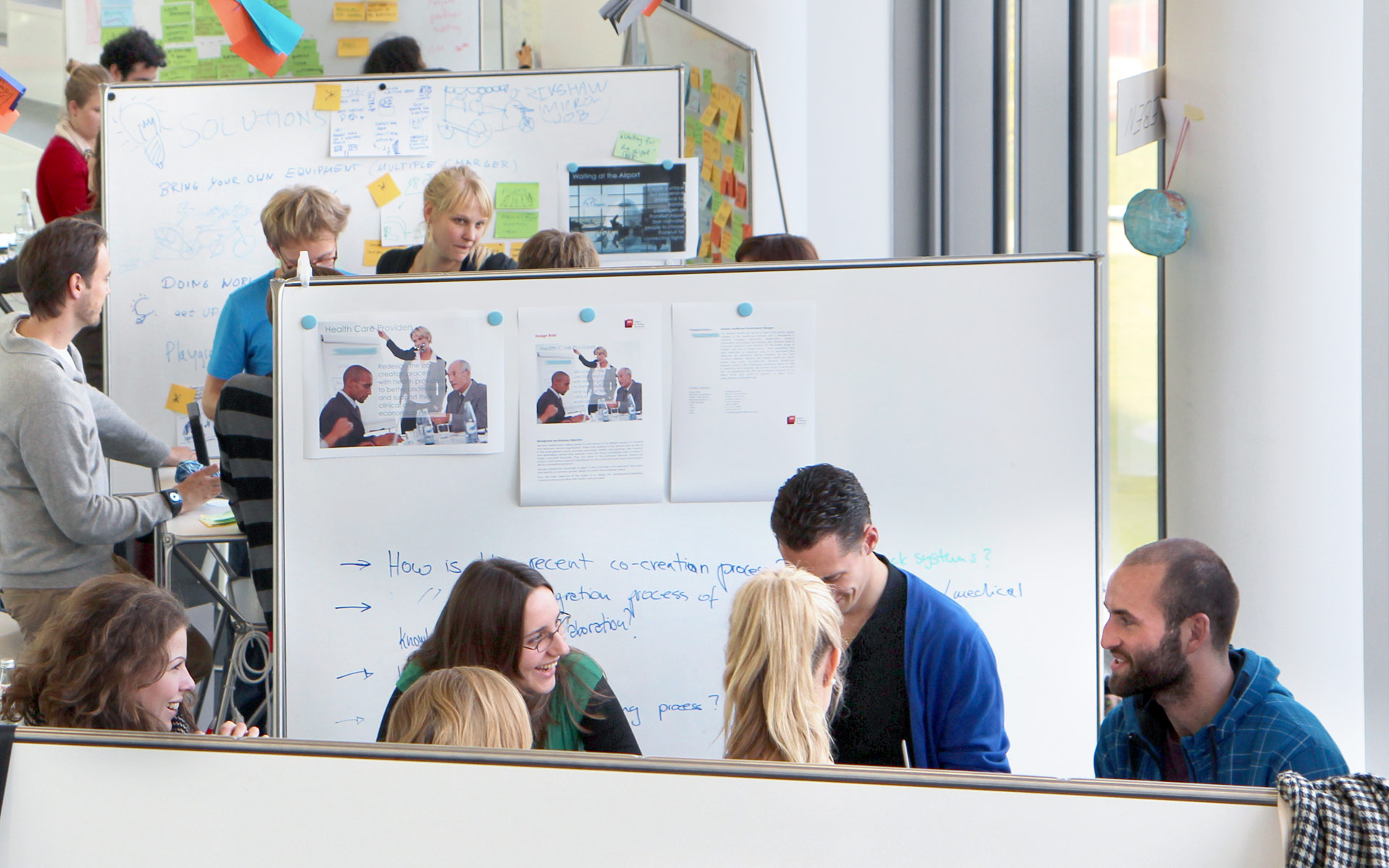PI: Professor Shavelson
Abstract
Nearly all design work is collaborative work. The phenomenon of the “design team” has become a widespread fixture in innovative industry and project‐based education. Much work has been done to define and analyze the phases of the design process. However, relatively little attention is paid to the single most important element of the process: the design team itself. The instructors and managers responsible for forming these teams have no validated tool to guide them; often, they resort to intuition or random means.
Understanding how teams should be formed will allow for better management decisions, more effective teams, and better project outcomes. This project proposes collaboration between the Stanford and HPI design communities (in association with TKK Helsinki University) to better understand what variables are of primary importance in forming effective, innovative design teams. By applying existing methodologies and observing cognitive and social variables, a new and deeper understanding of how to form individuals into collaborative groups will be achieved. This understanding will be employed in the form of a new methodology by which the effectiveness, innovative ability and collaborative potential of a design team can be leveraged for success.

